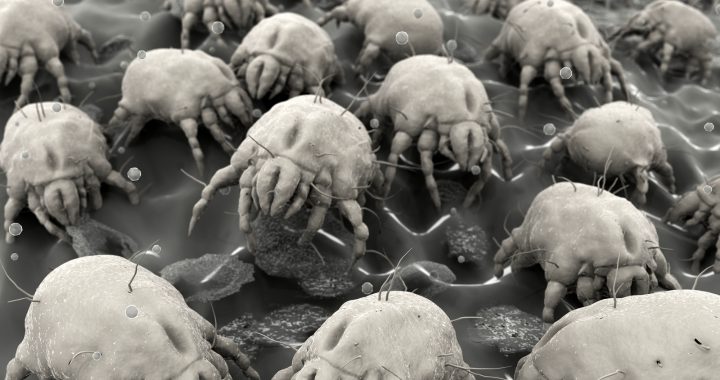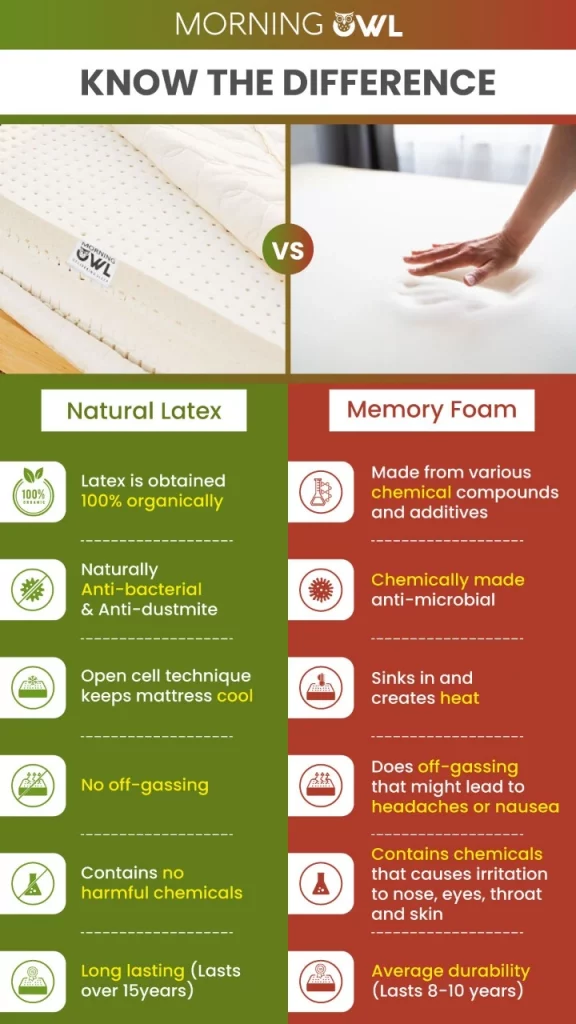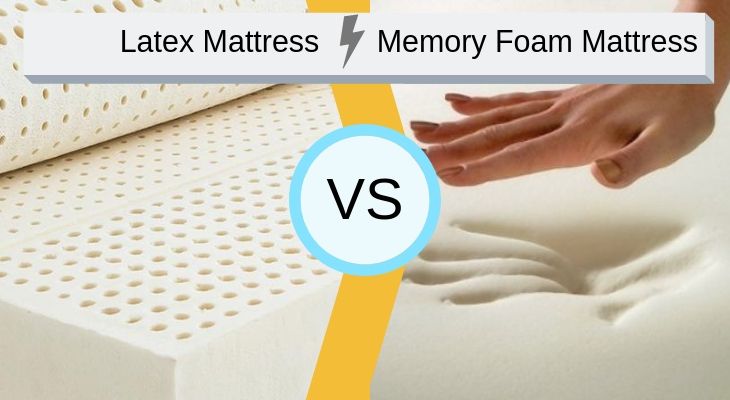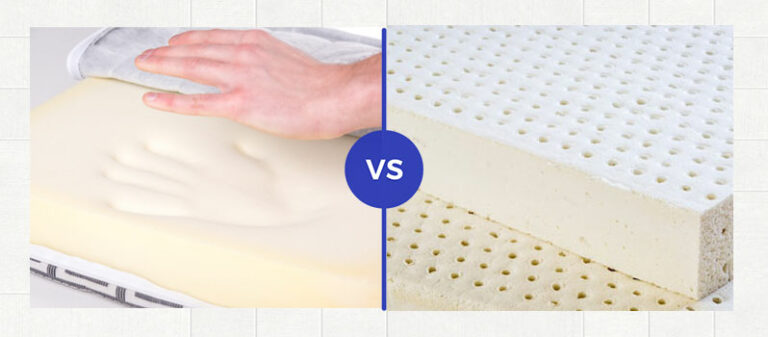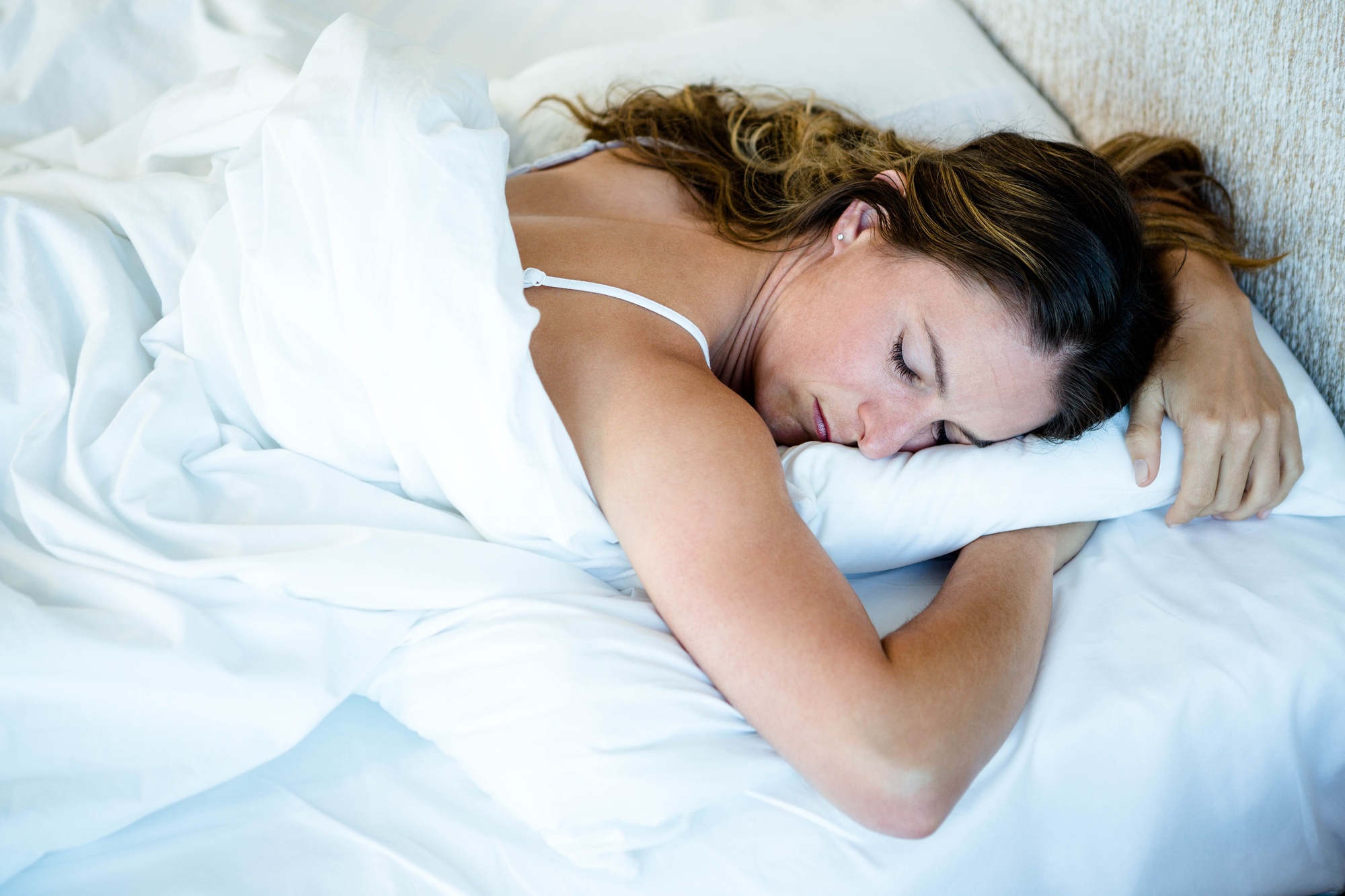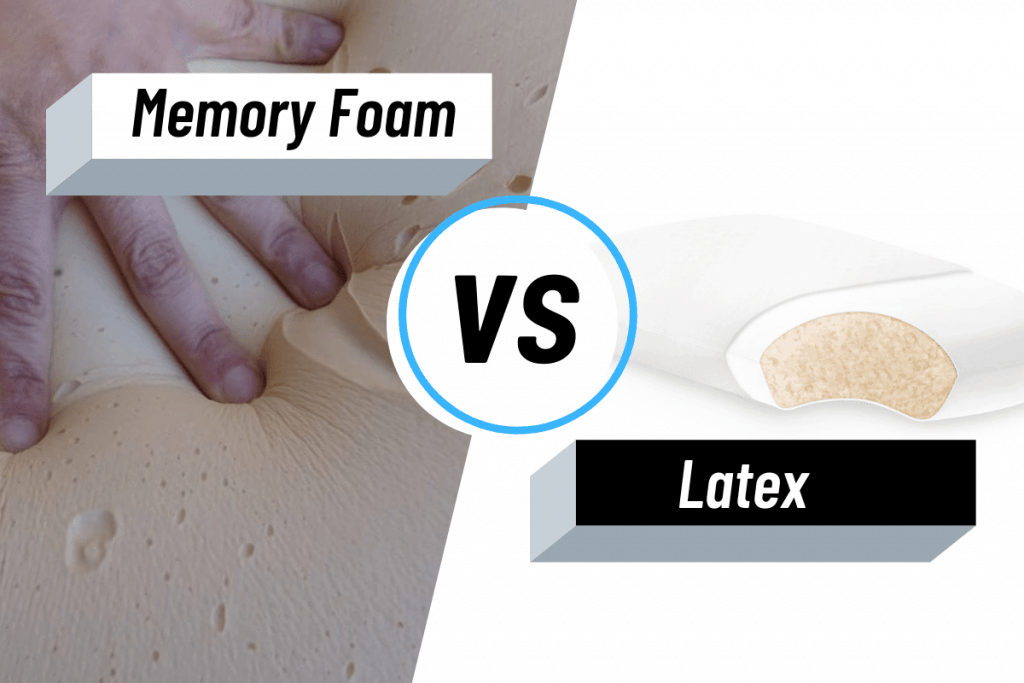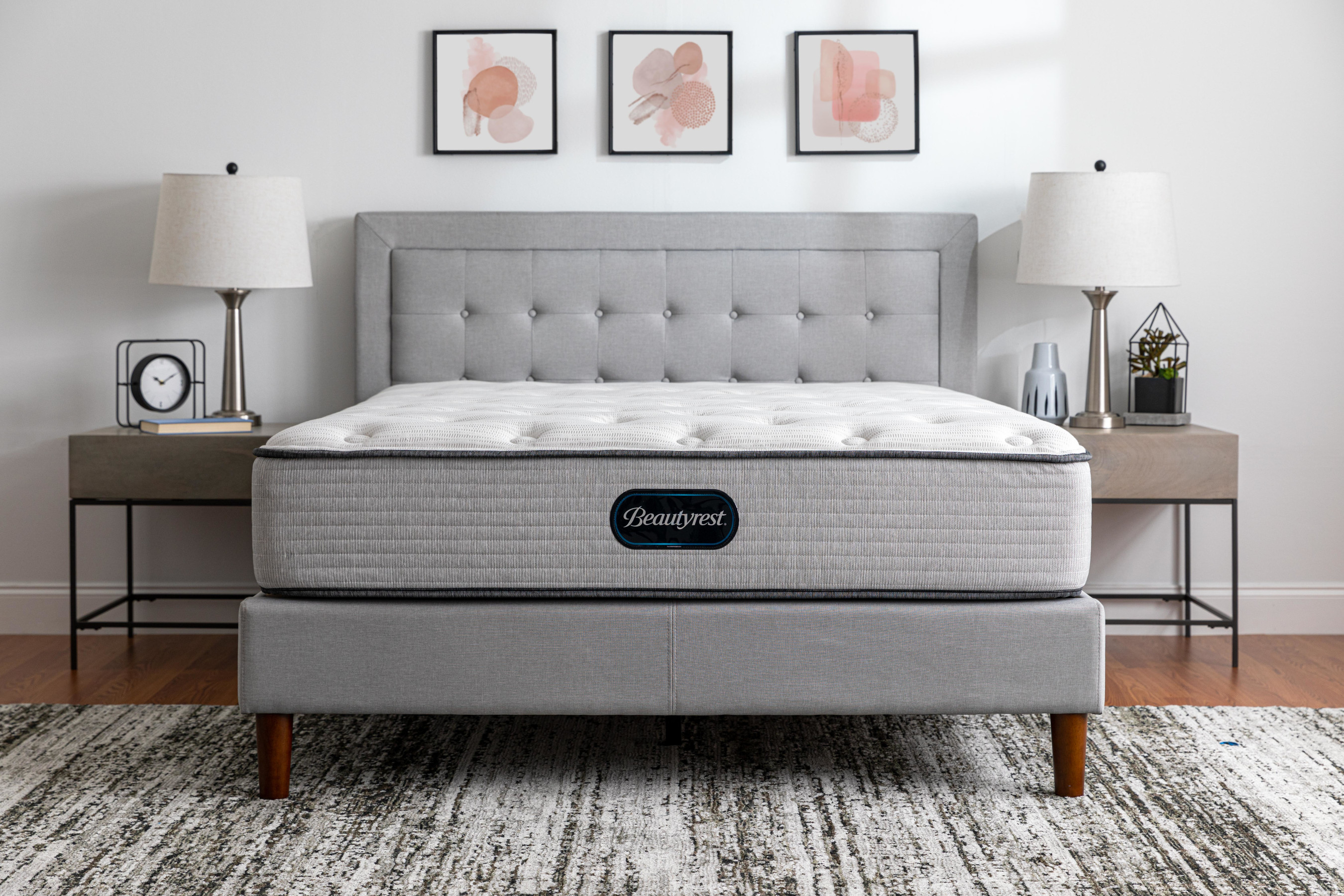Dust mites are tiny creatures that thrive in warm and humid environments, making our homes the perfect breeding ground for them. And unfortunately, our mattresses are no exception. But what about latex mattresses? Can dust mites get in latex mattresses? Let's find out.Can Dust Mites Get in Latex Mattress?
The good news is that latex mattresses are naturally resistant to dust mites due to their dense and solid structure. However, dust mites can still find their way into your latex mattress through sweat, dead skin cells, and other debris. So, to keep dust mites out of your latex mattress, here are some tips: 1. Use a Mattress Protector A mattress protector acts as a barrier between your body and the mattress, preventing sweat, dead skin cells, and other debris from seeping into the mattress. Look for a waterproof and allergen-proof mattress protector for maximum protection against dust mites. 2. Wash Your Bedding Regularly Dust mites thrive in warm and humid environments, so it's essential to wash your bedding at least once a week in hot water to kill any dust mites that may be present. Be sure to also dry your bedding on high heat to ensure all dust mites are eliminated. 3. Vacuum Your Mattress Regularly vacuuming your latex mattress can help remove any dust mites and their waste products. Be sure to use a vacuum with a HEPA filter to trap even the smallest dust particles.How to Keep Dust Mites Out of Your Latex Mattress
As mentioned earlier, latex mattresses are naturally resistant to dust mites, making them a great option for those who are prone to allergies. Latex is a dense material that doesn't provide a suitable environment for dust mites to thrive. Additionally, latex mattresses are also mold and mildew-resistant, making them an even less appealing habitat for dust mites. On the other hand, traditional mattresses, such as innerspring or memory foam, can be a breeding ground for dust mites. These mattresses have open spaces and crevices that can trap dust and other debris, providing a perfect environment for dust mites to live and reproduce.Latex Mattress vs Dust Mites: What You Need to Know
No, latex mattresses do not attract dust mites. In fact, the opposite is true. Latex mattresses are a poor environment for dust mites to thrive due to their solid and dense structure. However, as mentioned earlier, dust mites can still find their way into your latex mattress through debris and sweat. That's why it's essential to take preventive measures to keep them out.Do Latex Mattresses Attract Dust Mites?
To get rid of dust mites in your latex mattress, follow these steps: 1. Vacuum the Mattress Using a vacuum with a HEPA filter, thoroughly vacuum your latex mattress to remove any dust mites and their waste products. 2. Spot Clean Stains If you notice any stains on your latex mattress, spot clean them with a mixture of mild detergent and warm water. Be sure to use a small amount of water and avoid saturating the mattress. 3. Use a Natural Disinfectant You can also use a natural disinfectant, such as white vinegar or tea tree oil, to kill any remaining dust mites. Mix equal parts water and vinegar or a few drops of tea tree oil with water in a spray bottle and spray it over the mattress. Let it dry completely before putting on clean bedding.How to Clean a Latex Mattress to Get Rid of Dust Mites
Latex foam, also known as natural latex, is a type of foam made from the sap of rubber trees. Like latex mattresses, latex foam is also naturally resistant to dust mites due to its dense and solid structure. So, no, dust mites cannot live in latex foam.Can Dust Mites Live in Latex Foam?
Allergies to dust mites can cause symptoms such as sneezing, runny nose, and itchy eyes. But how do you know if it's your latex mattress that's causing the allergy? Here are some signs to look out for: 1. Symptoms Are Worse in the Morning If your allergy symptoms are worse in the morning, it could be a sign that dust mites in your mattress are triggering them. Dust mites are most active at night, so you may experience more severe symptoms in the morning. 2. Symptoms Improve When Away From Home If you find that your allergy symptoms improve when you're away from home, it could be a sign that dust mites in your mattress are the culprit. When you're away, you're not exposed to the dust mites in your mattress, leading to a decrease in symptoms. 3. Visible Signs of Dust Mites If you notice any visible signs of dust mites, such as tiny white bugs or small red bumps on your skin, it's a clear indication that dust mites are present in your mattress and causing your allergy symptoms.Latex Mattress Allergy: How to Tell if Dust Mites are the Culprit
Yes, latex mattresses are considered hypoallergenic for dust mites. Hypoallergenic means that the material is less likely to cause an allergic reaction. Latex mattresses are a popular choice for those with allergies because they are naturally resistant to dust mites, mold, and mildew, making them a safe and healthy option for a good night's sleep.Are Latex Mattresses Hypoallergenic for Dust Mites?
To protect your latex mattress from dust mites, follow these tips: 1. Use a Mattress Protector As mentioned earlier, a mattress protector can act as a barrier between your body and the mattress, preventing dust mites from entering. Be sure to choose a waterproof and allergen-proof mattress protector for maximum protection. 2. Wash Your Bedding Regularly Washing your bedding at least once a week in hot water can help kill any dust mites that may be present. Make sure to also dry your bedding on high heat to eliminate any remaining dust mites. 3. Vacuum Your Mattress Regularly vacuuming your latex mattress can help remove any dust mites and their waste products. Use a vacuum with a HEPA filter for best results.How to Protect Your Latex Mattress from Dust Mites
When it comes to dust mite prevention, latex mattresses are a better option compared to memory foam mattresses. Memory foam mattresses have open spaces and crevices that can trap dust and other debris, providing a suitable environment for dust mites to thrive. On the other hand, latex mattresses have a solid and dense structure that makes it difficult for dust mites to survive. Additionally, latex mattresses are also hypoallergenic and resistant to mold and mildew, making them a healthier option for those with allergies.Latex Mattress vs Memory Foam: Which is Better for Dust Mite Prevention?
Can Dust Mites Get in Latex Mattresses?
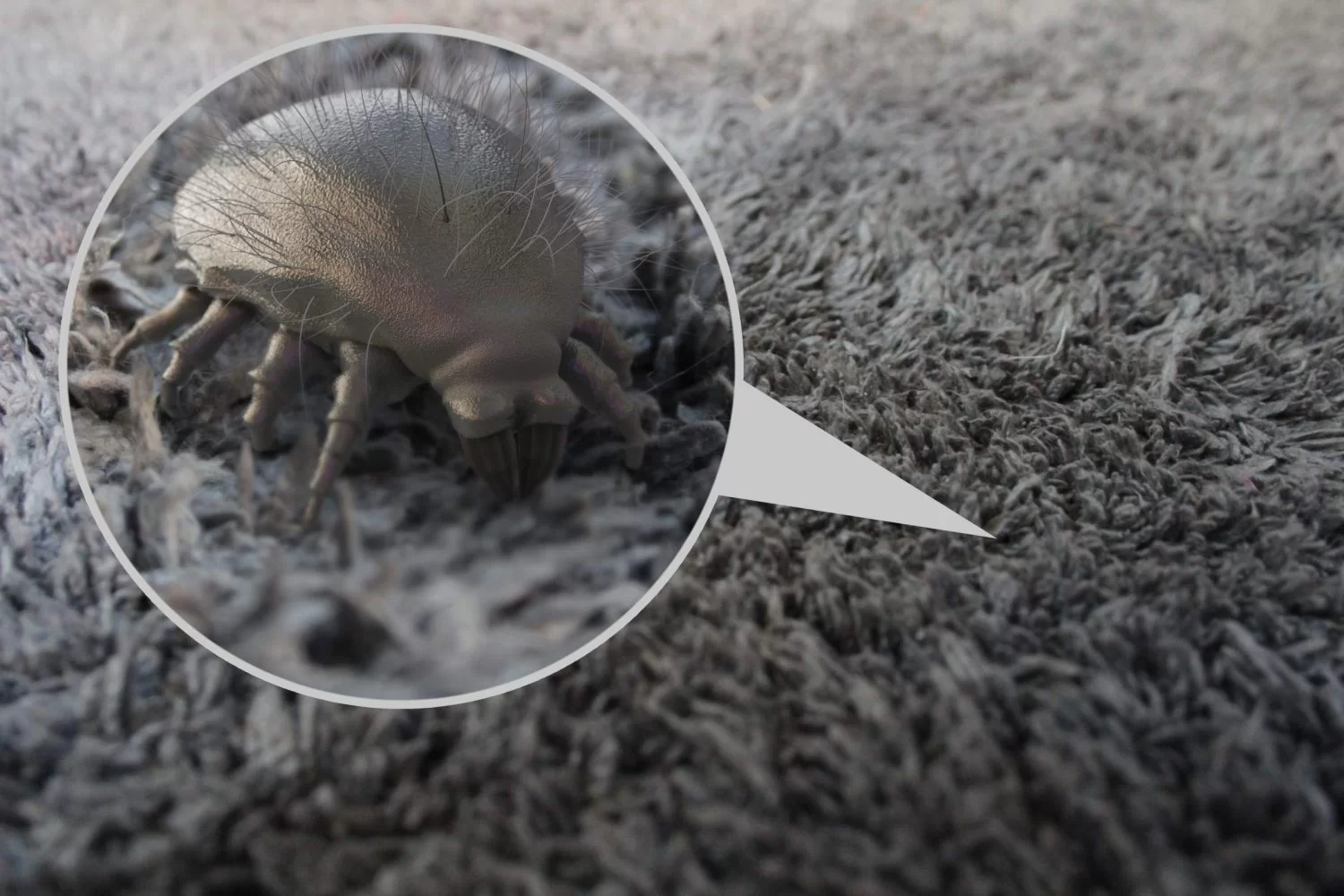
Understanding Dust Mites in Mattresses
 When it comes to maintaining a clean and healthy home, one of the main concerns is dust mites. These microscopic creatures are present in every household, and they feed on the dead skin cells that we shed every day. While they are not harmful to most people, individuals with allergies or respiratory issues may experience symptoms such as sneezing, coughing, and wheezing when exposed to dust mites.
When it comes to maintaining a clean and healthy home, one of the main concerns is dust mites. These microscopic creatures are present in every household, and they feed on the dead skin cells that we shed every day. While they are not harmful to most people, individuals with allergies or respiratory issues may experience symptoms such as sneezing, coughing, and wheezing when exposed to dust mites.
Choosing the Right Mattress to Keep Dust Mites at Bay
.png?sfvrsn=5c0b9a94_2) One of the best ways to prevent dust mites in your mattress is by choosing the right material.
Latex mattresses
are known for their hypoallergenic properties, making them a popular choice for those with allergies. Latex is a natural material derived from the sap of rubber trees, and it is resistant to dust mites, mold, and mildew.
One of the best ways to prevent dust mites in your mattress is by choosing the right material.
Latex mattresses
are known for their hypoallergenic properties, making them a popular choice for those with allergies. Latex is a natural material derived from the sap of rubber trees, and it is resistant to dust mites, mold, and mildew.
Can Dust Mites Get in Latex Mattresses?
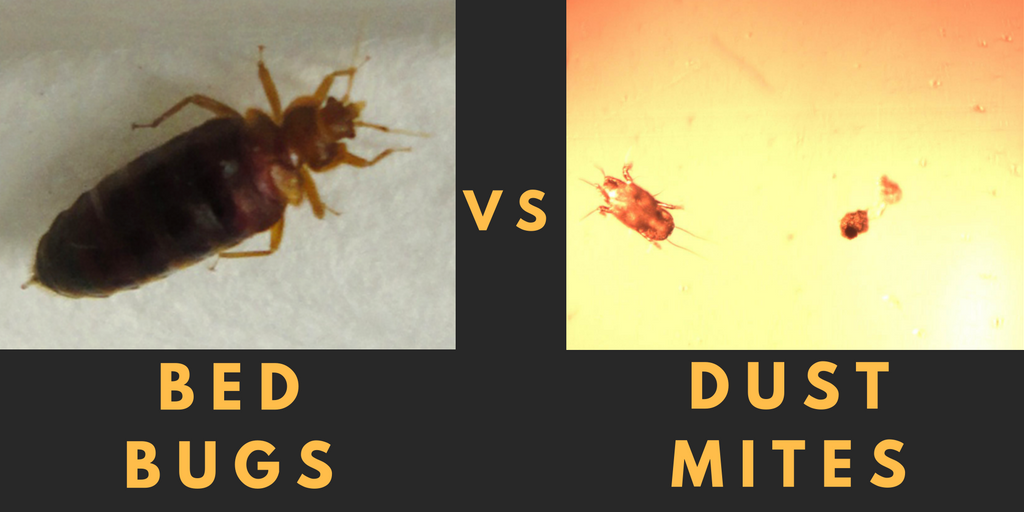 While latex mattresses are naturally resistant to dust mites, it is still possible for these creatures to find their way into your mattress. However, the tight, dense structure of latex foam makes it difficult for dust mites to penetrate and thrive. This is why latex mattresses are often recommended for individuals with allergies or asthma.
While latex mattresses are naturally resistant to dust mites, it is still possible for these creatures to find their way into your mattress. However, the tight, dense structure of latex foam makes it difficult for dust mites to penetrate and thrive. This is why latex mattresses are often recommended for individuals with allergies or asthma.
How to Keep Dust Mites out of Your Latex Mattress
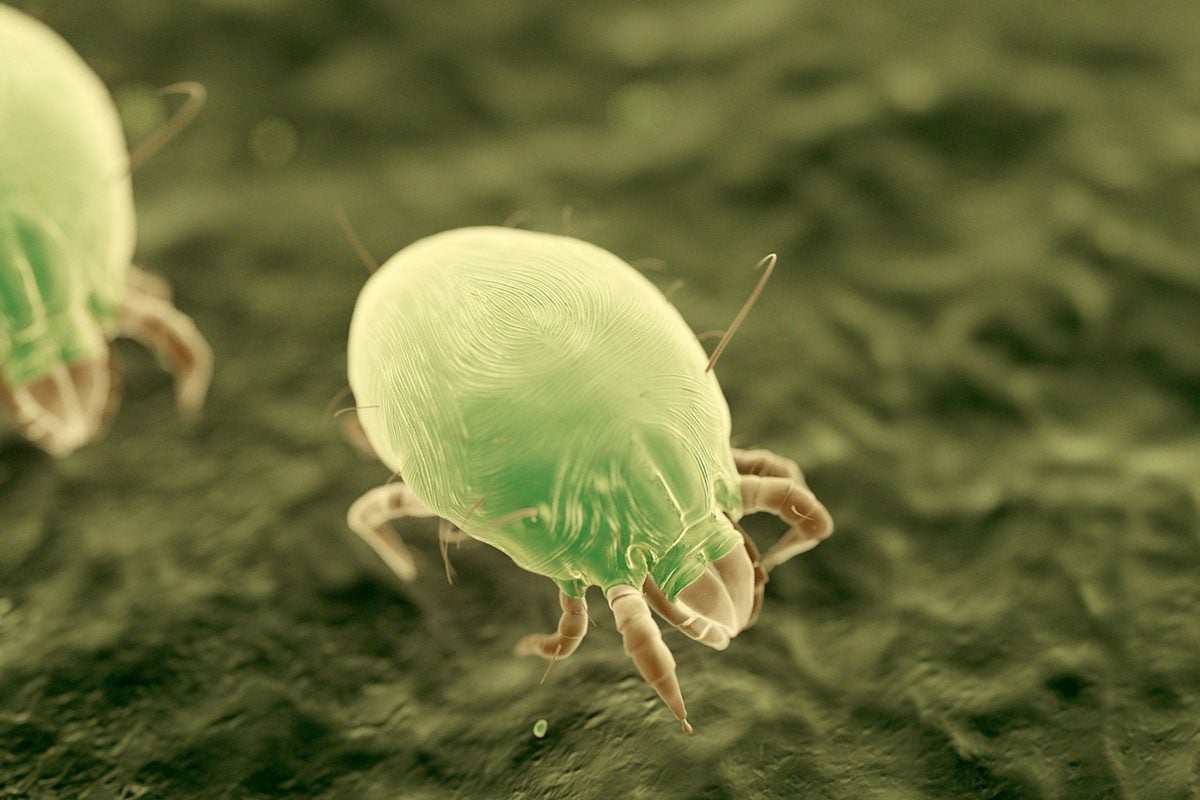 To further prevent dust mites from getting into your latex mattress, there are a few steps you can take. First, make sure to regularly wash your bedding in hot water to kill any dust mites that may be present. You can also invest in a
hypoallergenic mattress protector
to create an additional barrier against dust mites.
Additionally, it is important to regularly vacuum and rotate your latex mattress to remove any dust or debris that may have accumulated on the surface. This will also help to maintain the overall cleanliness and longevity of your mattress.
To further prevent dust mites from getting into your latex mattress, there are a few steps you can take. First, make sure to regularly wash your bedding in hot water to kill any dust mites that may be present. You can also invest in a
hypoallergenic mattress protector
to create an additional barrier against dust mites.
Additionally, it is important to regularly vacuum and rotate your latex mattress to remove any dust or debris that may have accumulated on the surface. This will also help to maintain the overall cleanliness and longevity of your mattress.
Conclusion
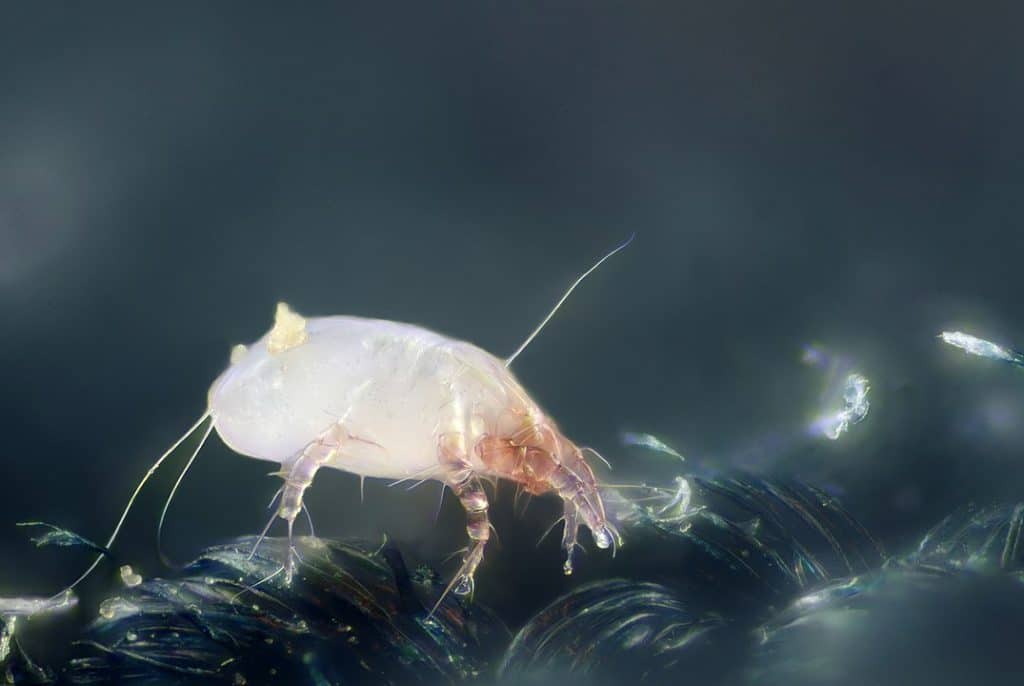 In conclusion, while dust mites can potentially get into your latex mattress, the material's natural properties make it a highly resistant option. By choosing a latex mattress and following proper maintenance and cleaning practices, you can ensure a clean and healthy sleep environment, free from dust mites.
In conclusion, while dust mites can potentially get into your latex mattress, the material's natural properties make it a highly resistant option. By choosing a latex mattress and following proper maintenance and cleaning practices, you can ensure a clean and healthy sleep environment, free from dust mites.




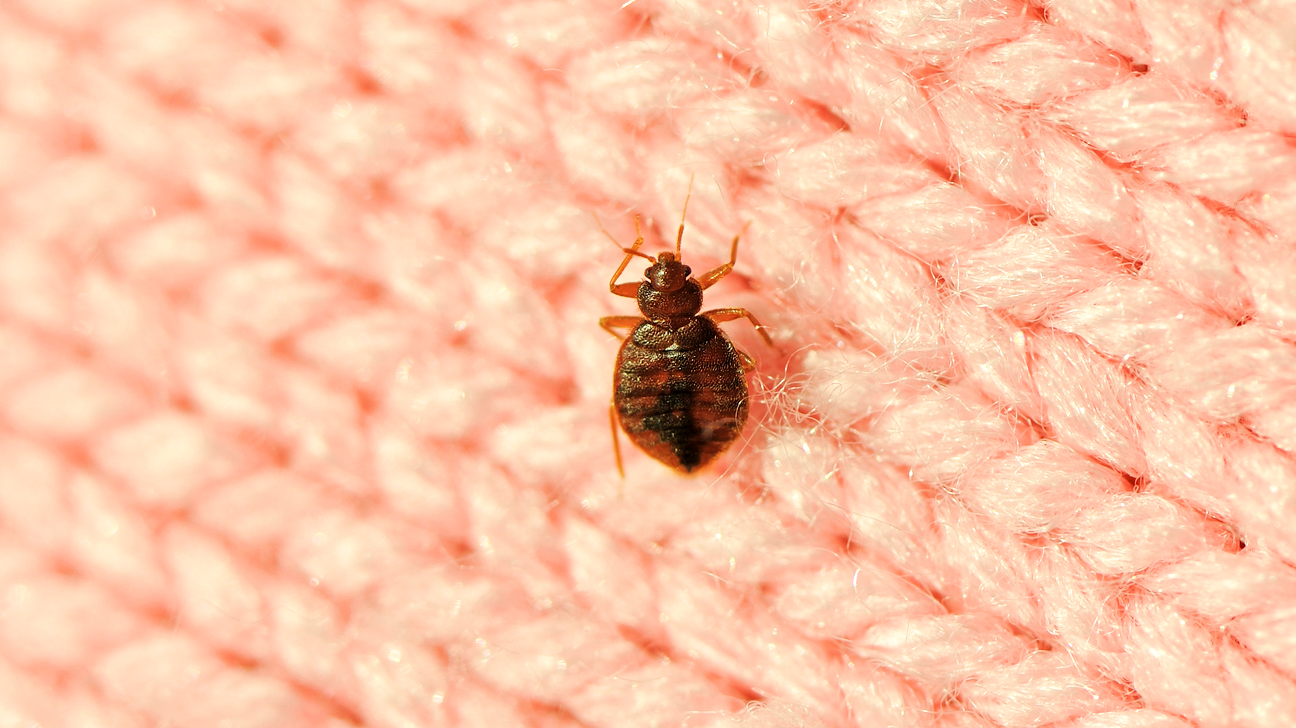
/dust_mite_on_skin-aa2f44e16b5a4b94a7301ab346de5b91.jpg)






:max_bytes(150000):strip_icc()/how-to-get-dust-mites-out-of-mattress-5270595-Hero-3d940038fd514972a68bfbd531183856.jpg)
:max_bytes(150000):strip_icc()/how-to-get-dust-mites-out-of-mattress-5270595-06-c31e67b993af4bcea18e9b981bfca99f.jpg)


:max_bytes(150000):strip_icc()/how-to-get-dust-mites-out-of-mattress-5270595-04-c70f7e59ad304c8e8bb2585f6e030c40.jpg)


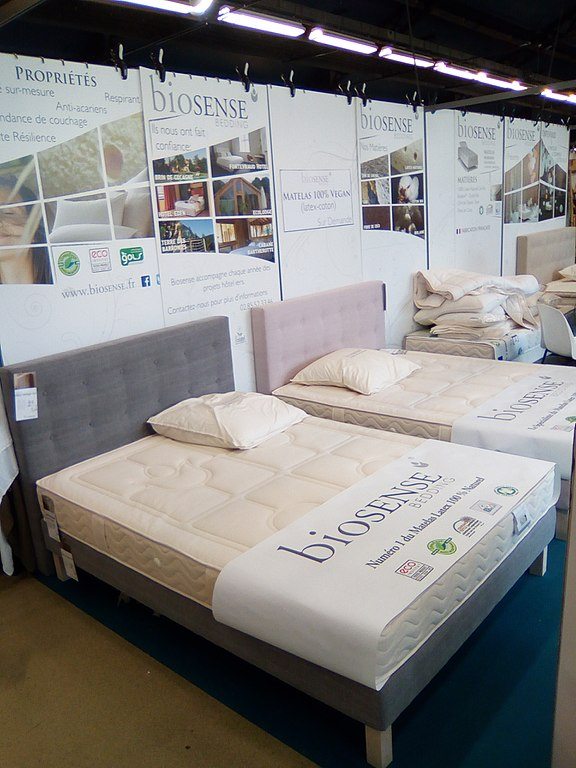

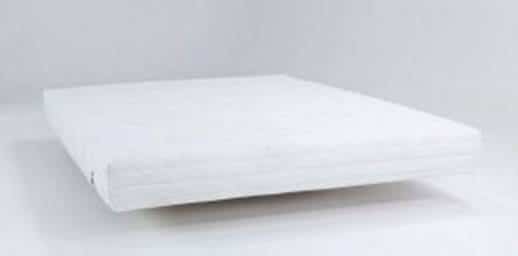


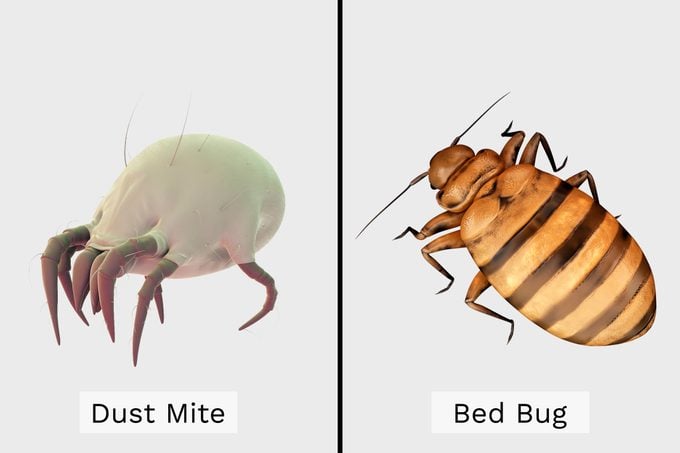
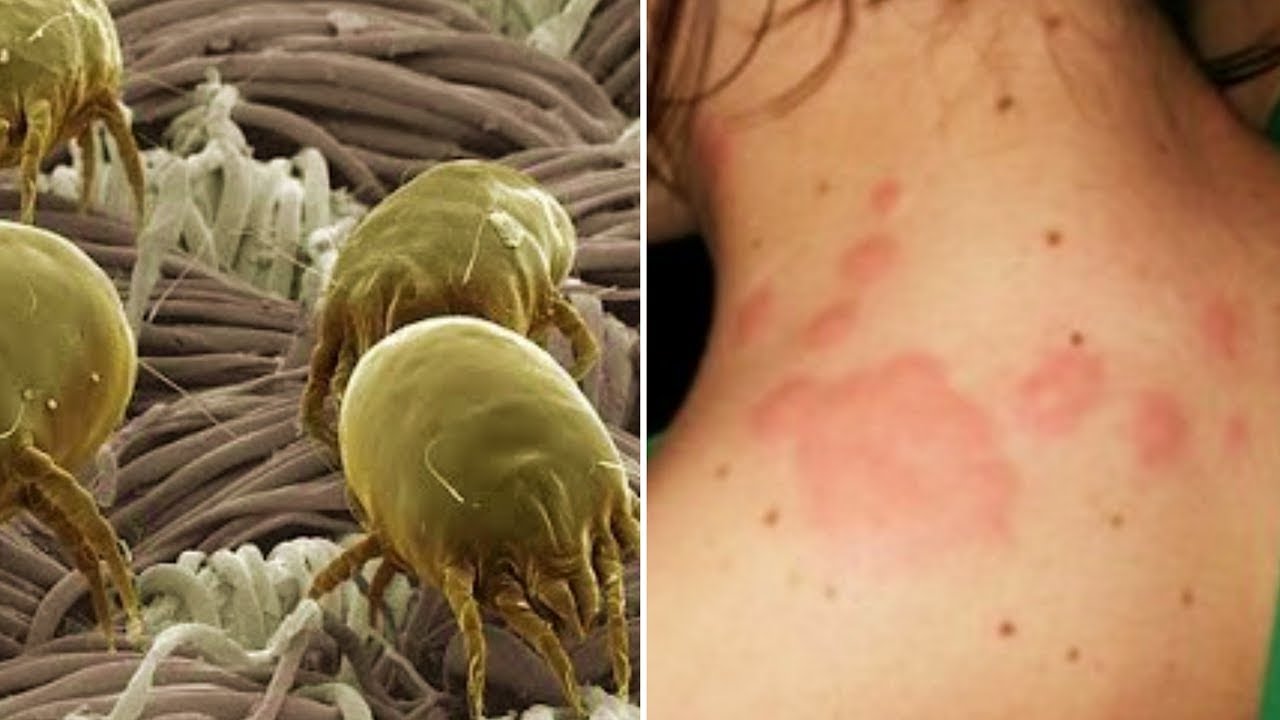




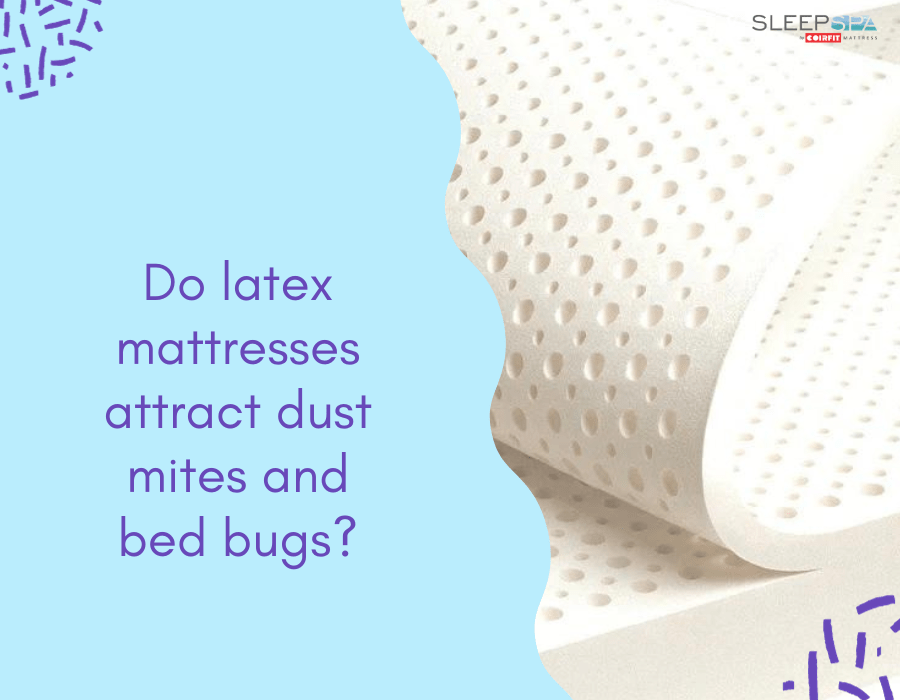
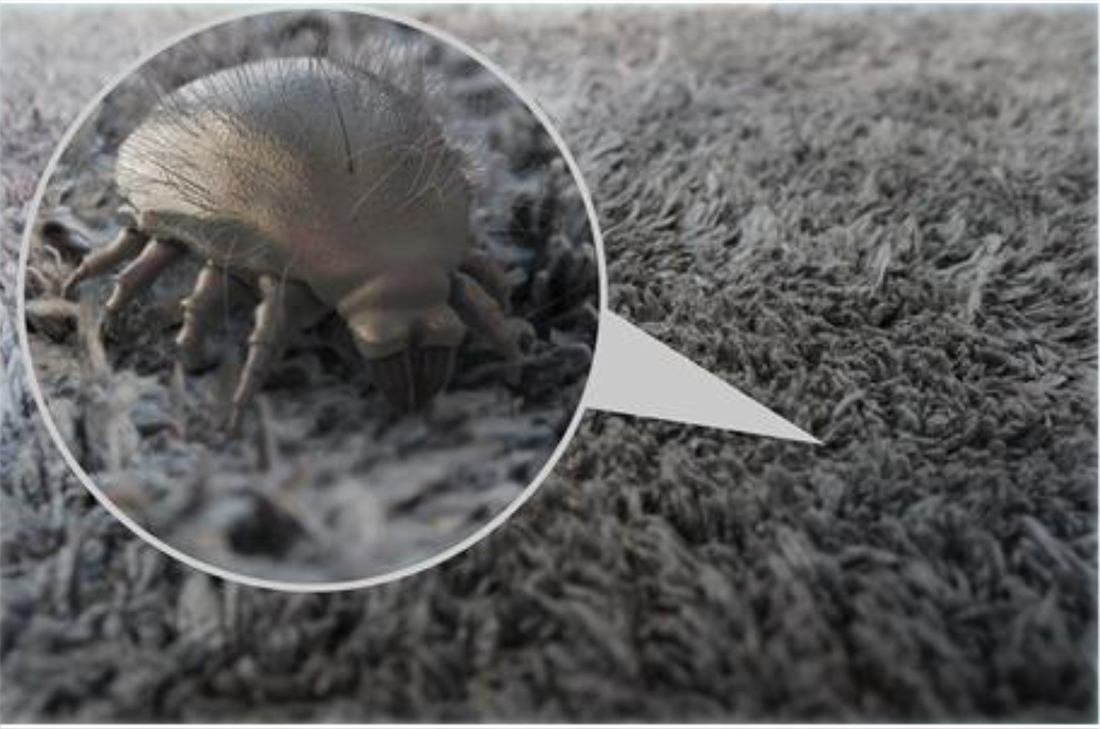

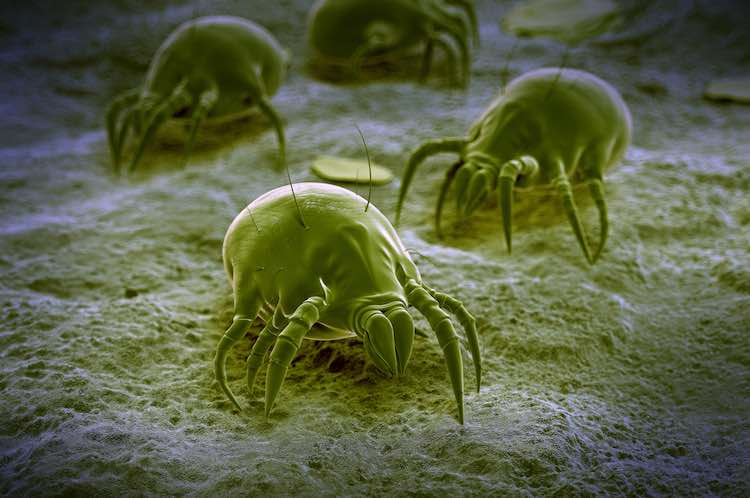



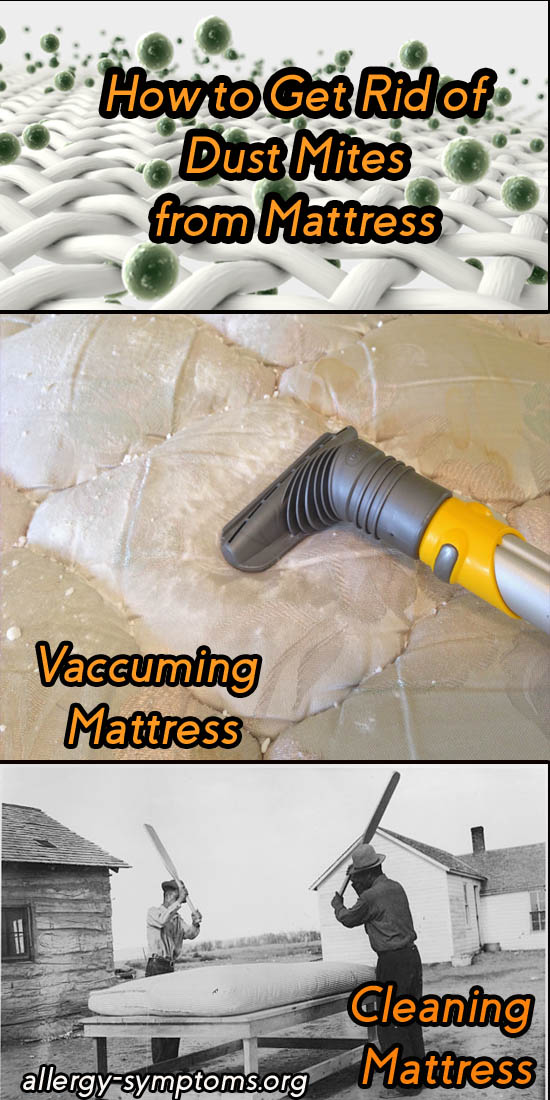



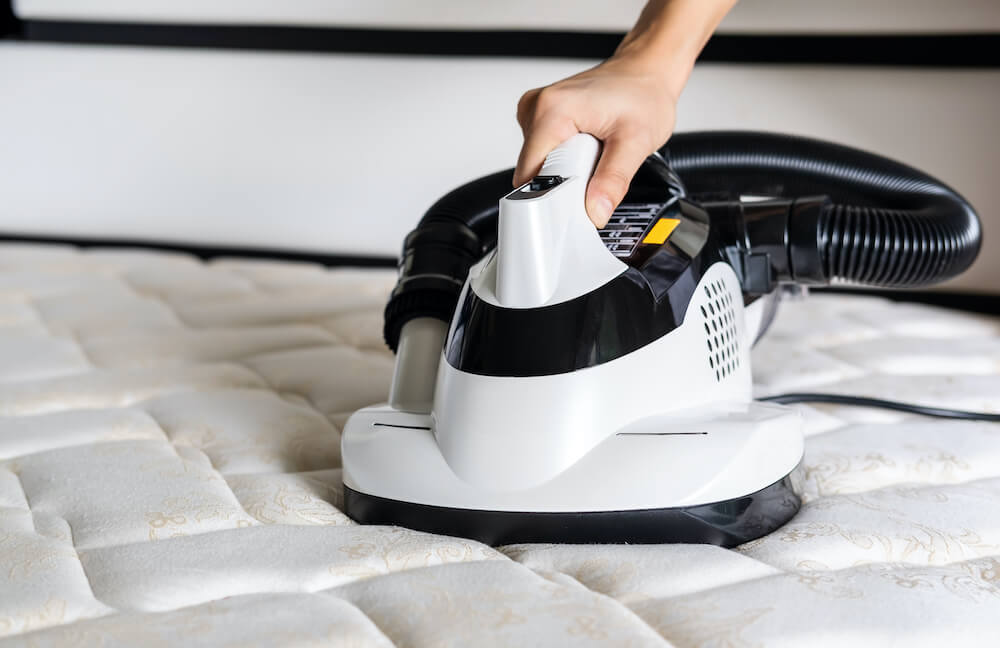

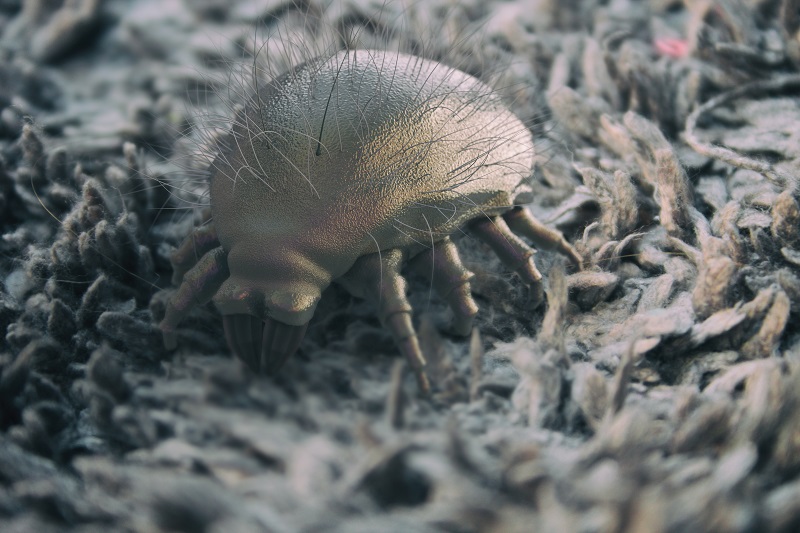



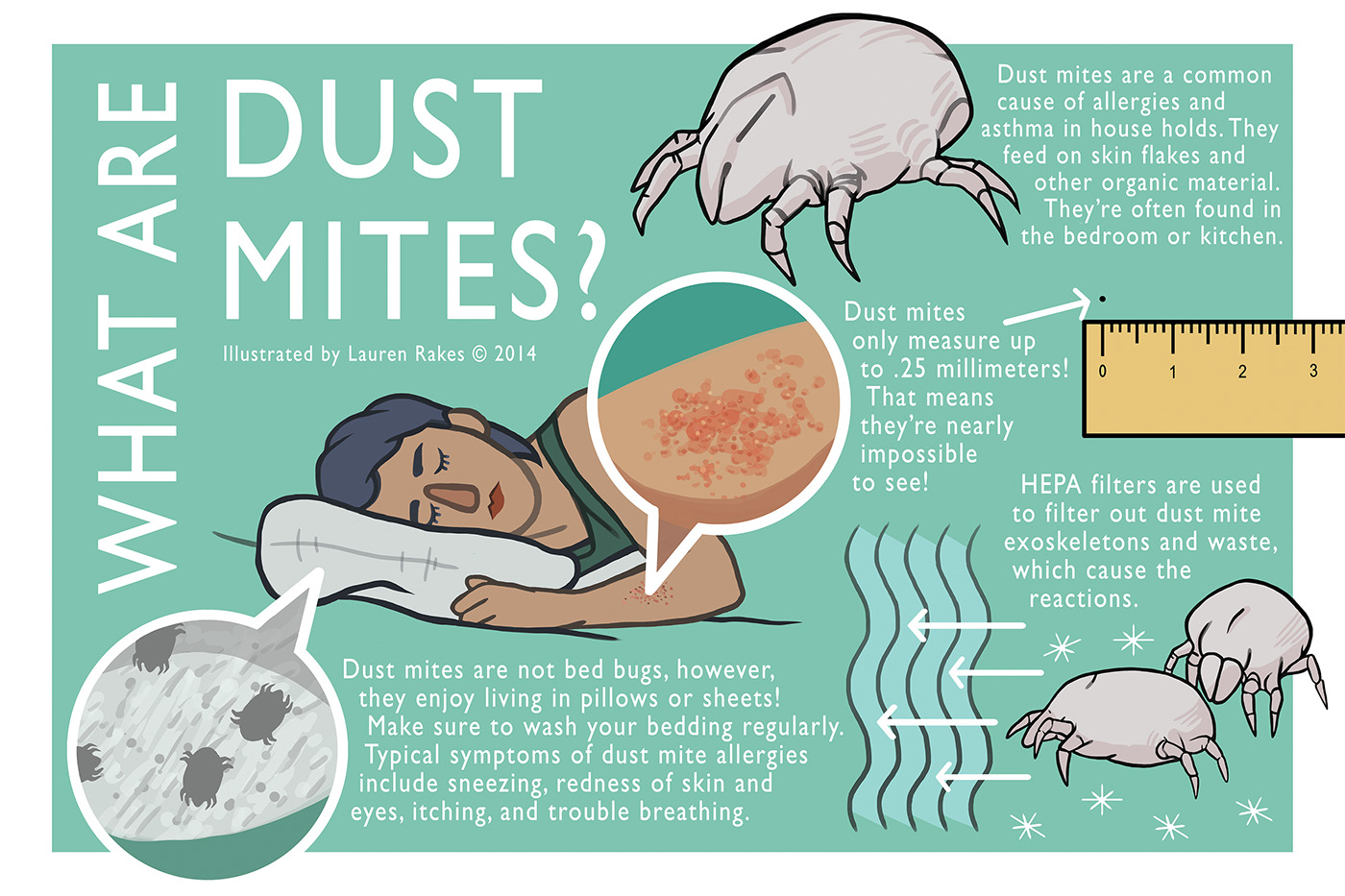
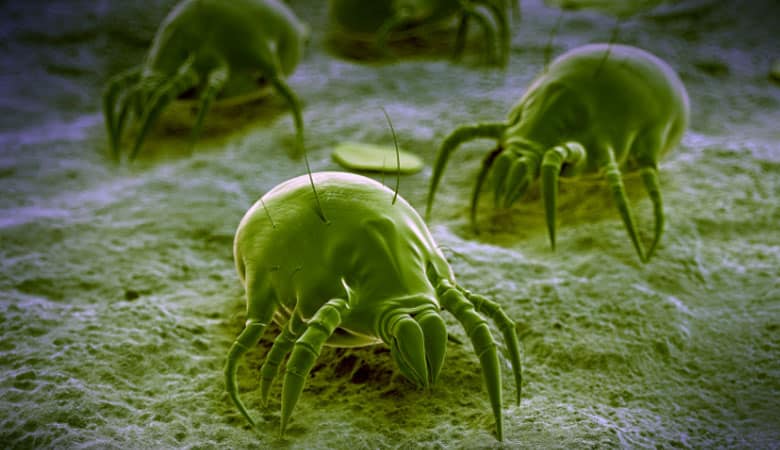
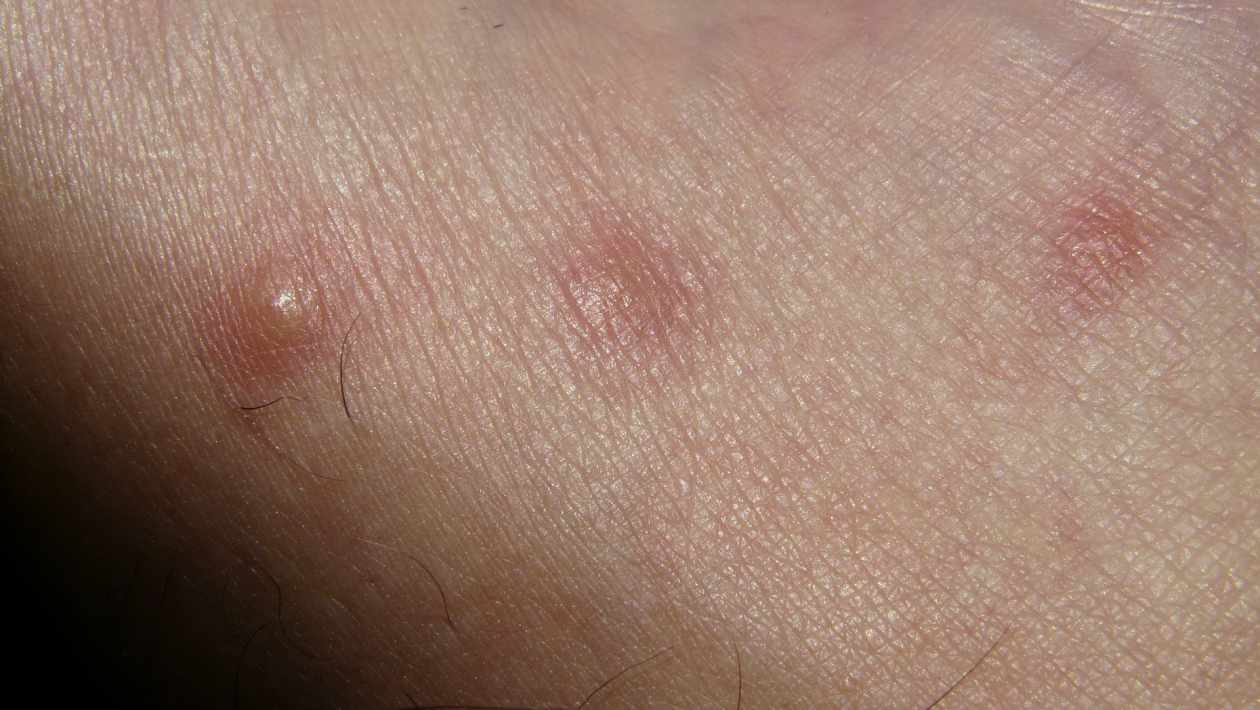
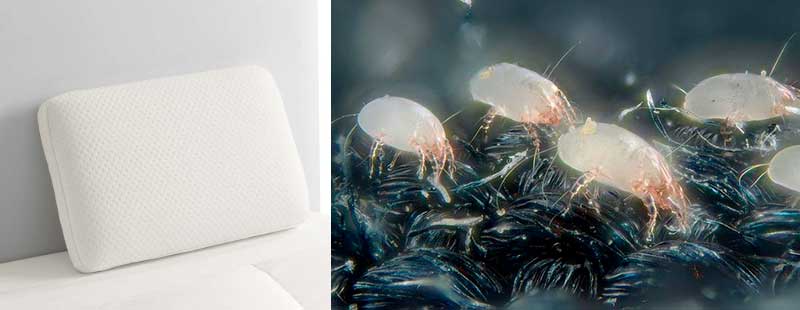


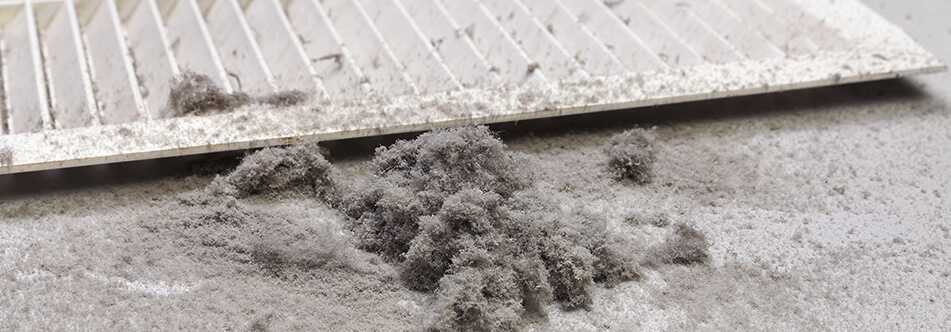




















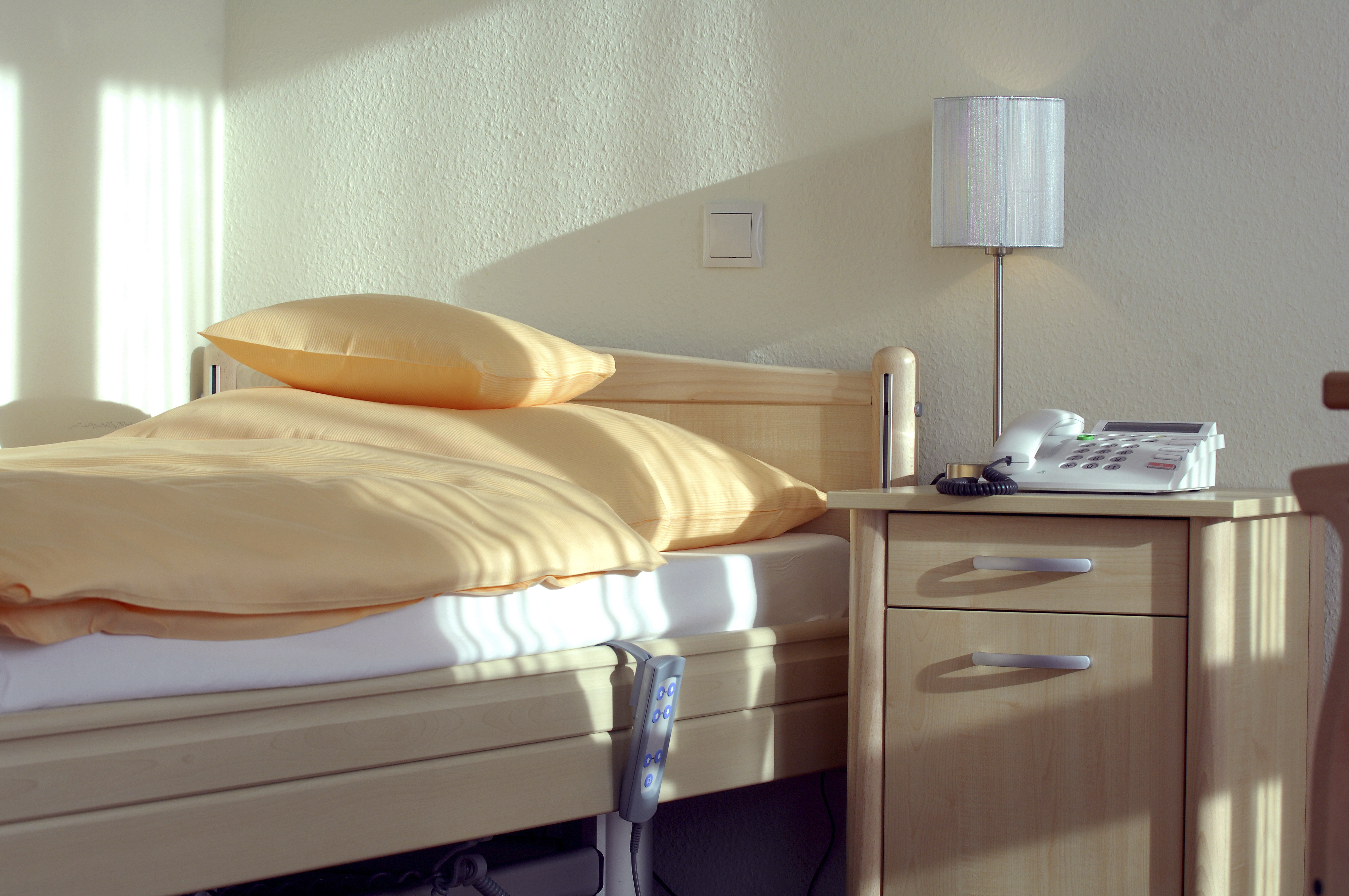
/d2890-1-56a5200b5f9b58b7d0daf1d9.jpg)
